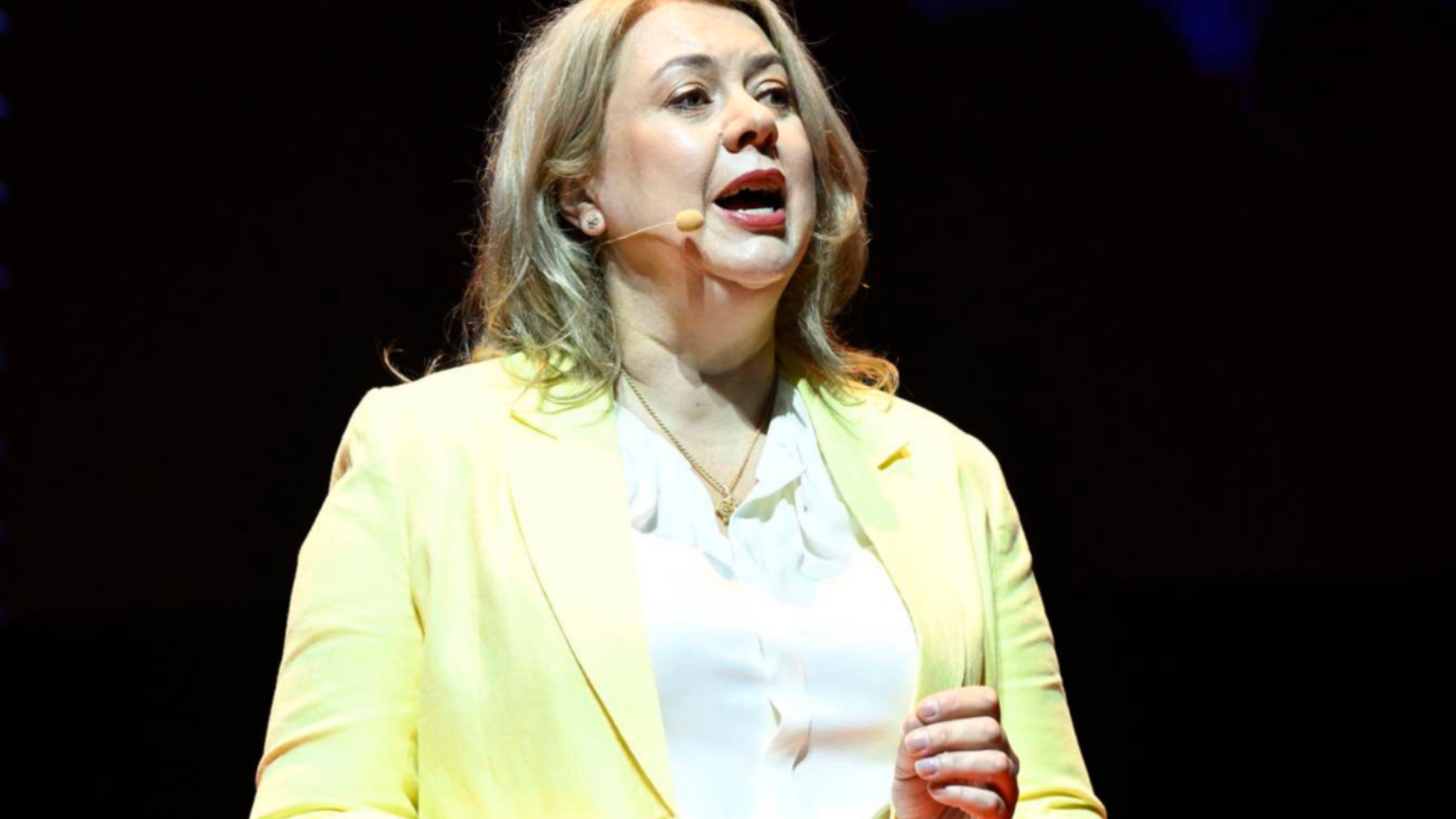Time to get proactive on $3M super tax changes strategies: KeyInvest
Impending changes to the taxation of individual superannuation balances over $3 million are getting closer, with those in line to be impacted set to have a further 15 per cent tax increase on earnings for balances above this amount.
According to KeyInvest chief executive Craig Brooke, it’s incumbent on advisers with clients in the firing line to start planning for the implementation of the new tax rules, which are planned to take effect from 1 July 2025, as soon as practicable. If left too late, he argues, clients could be forced to pay larger tax bills or rushed into a sub-optimal reaction.
“Advisers should begin strategising now to mitigate the impact of this new tax for clients with superannuation assets exceeding $3 million and those on track to reach this threshold,” Brooke says.
According to research from the University of Adelaide’s International Centre for Financial Services, up to 50,000 self-managed superannuation fund members could be slugged an additional $80,000 when the government’s plan to double taxation on superannuation balances above $3 million comes into effect, with many of these members likely to have trouble paying the bill.
For those looking at alternative strategies for savings over the $3 million threshold, Brooke suggests canvassing investment bonds and paying close attention to the tax advantages they hold over other investment products.
“Investment bonds have a maximum 30 per cent tax rate and whilst you remain invested there’s no personal tax to pay – meaning nothing needs to be reported to the Australian Tax Office. Holding an investment bond for 10 years grants it tax-paid status, which means from that point on any withdrawals made incur no additional tax at a personal level,” he explains. “In addition, there are no withdrawal restrictions, although withdrawing money before the end of the 10-year period will result in earnings being assessed as income in that year.
There are also ways investment bonds have advantages over superannuation, he adds.
“Unlike superannuation, there is no contribution cap in the first year, with subsequent contributions limited to 125 per cent of the previous year, there are varying ownership structures (individual, joint, company or trust) and investors can switch between investment options without triggering a CGT event.”
Investment bonds can also provide an elevated degree of certainty for retirees facing down complex estate planning issues, he added. Like with superannuation, nominating a beneficiary means it becomes a non-estate asset, protecting it from will and estate disputes. Unlike with superannuation, there are no restrictions on the relationship of the beneficiary nominated and proceeds are always paid tax-free.
“For professionals likely to have super balances exceeding $3 million by retirement age, investment bonds offer a tax-effective solution that sits outside their superannuation to provide added flexibility,” he said. “High net worths with balances over $3 million can use these bonds to give certainty around complex estate issues, while for retirees there’s the opportunity to assist their family, with future education costs or property acquisition.”











